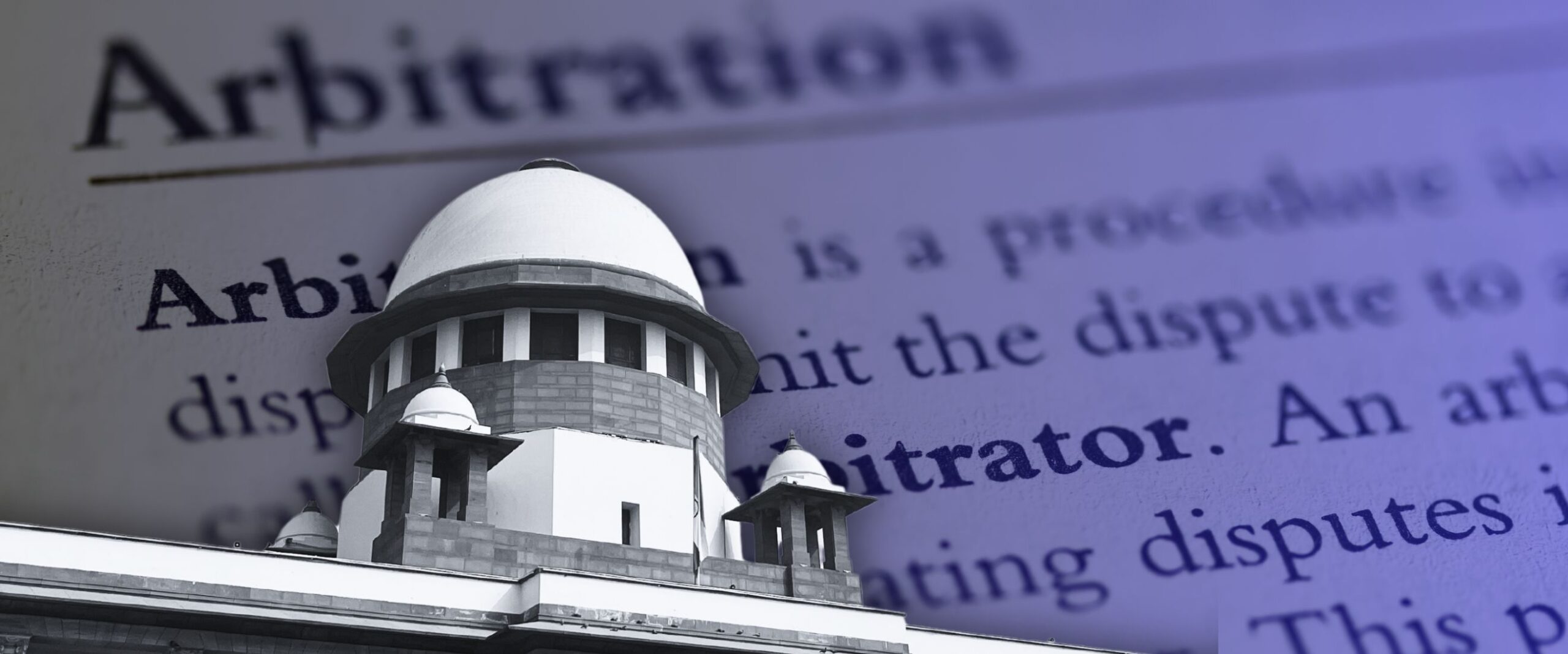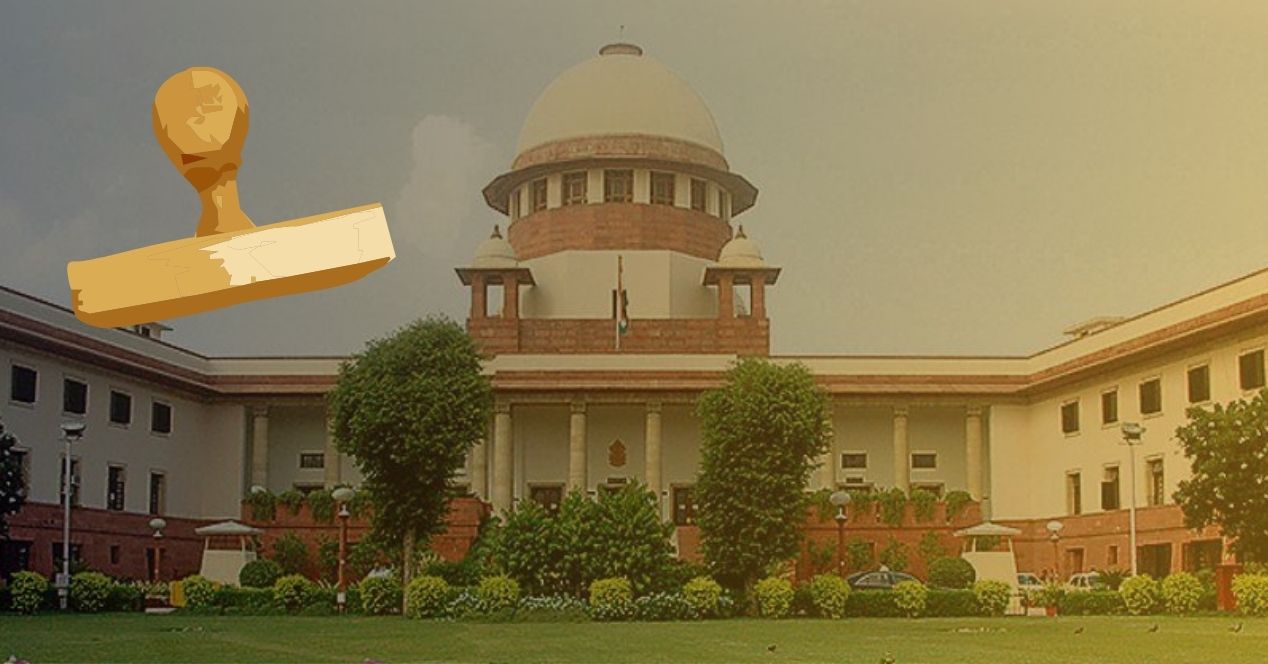Analysis
DMRC–DAMEPL arbitration: after-effects of the curative judgement
The Court’s protectionist stance in the DMRC case may spook both domestic and foreign private players from doing business with government

A couple of months have passed since the Supreme Court’s out of turn interference in Delhi Metro Rail Corporation Limited v Delhi Airport Metro Express Private Limited (DMRC Decision). In the DRMC Decision, the Supreme Court exercised its extraordinary curative powers to annul an award of approximately ₹3,000 crores plus interest, on the ground of patent illegality. Along with interest, the amount totalled around ₹ 7,600 crores on the date of the DMRC Decision.
Since then, much has been said about the erroneous manner in which the Supreme Court approached this matter and exercised its curative powers, ignoring the strict mandate laid down in its own decision of Rupa Ashok Hurra v Ashok Hurra and Anr (2002).
While the process adopted by the Supreme Court is concerning, it is equally important to assess the after-effects of this controversial decision on (i) future arbitrations, particularly relating to government contracts, and (ii) India’s image as a pro-arbitration investor-friendly state.
In this piece, we throw light on these aspects and discuss the impact of the DMRC Decision on Indian arbitration jurisprudence.
Advancing a protectionist stance
The Supreme Court’s interference in the DMRC case stems from a private entity, namely, Delhi Airport Metro Express Private Limited (“DAMEPL”), receiving an “undeserved windfall” from a public entity, namely, Delhi Metro Rail Corporation Limited (“DMRC”). The Court escalated DAMEPL’s “undeserved windfall” from DMRC to the pedestal of “abuse of process” or “miscarriage of justice.”
Inherent in this reasoning is the presumption that money moving from the public exchequer to a private party must be frowned upon: even if there is a legitimate basis for it, such as an arbitral award which had already survived four rounds of challenge.
By discouraging the flow of public funds to private hands, the Supreme Court has, seemingly, adopted a protectionist stance. This has problematic implications. Arguably, the Supreme Court has created a fresh ground for challenging an award which is exclusive to public entities, namely, if the award calls upon a public entity to remit funds to a private party.
The DMRC Decision has blurred the line between the state’s public functions and its commercial interests, which are separate concepts. If this trend continues, it is likely that public-private partnership contracts—especially in large scale infrastructure projects—will be adversely impacted.
The pro-arbitration drive following ‘White Industries’
From the standpoint of foreign investors in particular, the DMRC-DAMEPL saga paints a concerning picture. In this regard, it is important to remember that until about a decade ago, India’s reputation vis-à-vis foreign investors in the arbitration world was bleak. One of the most widely publicised matters is the White Industries case.
Briefly, White Industries was an Australian company which successfully obtained an award against state-owned mining company Coal India in 2002. Subsequently, White Industries had initiated enforcement proceedings before Indian courts to recover the sums awarded to it in a foreign-seated arbitration. These proceedings went on for several years and White Industries was unable to reap the fruits of its award.
Aggrieved, White Industries initiated an investment treaty claim against the Indian government in 2010. It alleged that India had an obligation to provide an effective mechanism for it to assert its claims. In 2011, the tribunal agreed with this contention and held that judicial delays in enforcing the commercial award amounted to a breach as White Industries was denied “effective means.”
This matter was a pivotal point in India’s journey to become an arbitration-friendly jurisdiction. In the coming years, the Supreme Court would reverse the controversial Bhatia decision, which had the effect of extending Indian courts’ influence on foreign-seated arbitrations. Parliament would also introduce pro-arbitration legislative reforms in 2015 and 2021 to bolster India’s stance as a champion of arbitration.
The pro-arbitration approach continued in 2023 with the Supreme Court reinforcing the importance of limited judicial interference to recognising the widely accepted ‘Group of Companies’ doctrine. The Indian Supreme Court issued judgments which were well-reasoned and consistent with international practice.
The DMRC Decision, however, seems to have put a halt to this winning streak. To investors with lower risk appetites, this decision may prove to be a reminder of uncertain times and cause them to either reduce their exposure in Indian projects or avoid taking any further risks.
Opening the floodgates to excessive litigation
The DMRC Decision has expanded the scope of the Supreme Court’s curative powers and upended the idea of finality in arbitration proceedings. There is very little doubt that the DMRC Decision has opened the floodgates to excessive litigation—despite the Supreme Court’s own warning that curative powers ought to be used only in limited circumstances.
It is easy to see how this decision will encourage public departments to re-agitate lost causes in the hopes of avoiding or, at the very least, delaying the fulfilment of financial obligations arising from unfavourable arbitral awards.
A likely outcome of this decision may be a renewed push from foreign investors to opt for institutional foreign-seated arbitration in their contracts with Indian public sector undertakings, with the hope of limiting the interference of Indian courts. The allure of a streamlined procedure along with restricted scope of challenging an award in jurisdictions like Singapore or England, is likely to provide comfort to foreign investors.
Enforcement of foreign seated arbitrations—should parties be concerned?
While the DMRC-DAMEPL saga stems from an India-seated arbitration between two Indian parties, it is important to consider whether there is any cascading effect on the recognition and enforcement of awards under Part II of the Arbitration and Conciliation Act, 1996.
A situation may very well arise where the Supreme Court is faced with determining whether there are valid grounds against the enforcement of a foreign award in India (which may have even attained finality before its seat court). Faced with such a challenge, can the Supreme Court exercise its curative powers to interfere with a foreign award?
Before the DMRC Decision was issued, the answer would have been a resounding ‘no’. However, given the Supreme Court’s unexpected approach of broadening the hook of ‘miscarriage of justice’ to interfere with the DMRC-DAMEPL award, the possibility of a similar interference in enforcement of foreign awards cannot be eliminated. In other words, the DMRC Decision makes it difficult to completely rule out the Supreme Court’s interference with a foreign arbitral award via the curative route.
This sense of doubt created by the DMRC Decision is a huge setback to India’s carefully curated image of a pro-arbitration jurisdiction—much of which, ironically, has been created by the Supreme Court. Last year, the Court spent a lot of time reinforcing India’s pro-arbitration stance. In the seven-judge NN Global decision, Chief Justice D.Y. Chandrachud, writing for the majority, stressed on the doctrine of competence-competence (i.e. the power of an arbitral tribunal to decide on its jurisdiction without court interference) and called upon Indian courts to adopt a hands-off approach.
Conclusion
No doubt the DMRC Decision will adversely impact India’s drive to ensure that disputes are resolved within India, a natural sequitur to India’s ‘Make in India’ campaign. It could broadcast a negative message to the international community that the buck never really stops where it is supposed to.
It will be interesting to see how these developments pan out in the coming years—whether the decision will open the floodgates to litigants seeking an additional ‘last bite’ of the cake as a matter of routine or whether corrective measures will be put in place to ensure that the DMRC Decision is merely a blip in India’s pro-arbitration drive.
To this end, it is hoped that a solution to this anomaly finds place in the recently proposed amendments to the Act, put forth by an Expert Committee set up by the Centre. With regard to the judiciary’s vision, there was an encouraging sign at CJI Chandrachud’s recent lecture in the Supreme Court of the United Kingdom. There, he emphasised that it is time for India to step up and promote a culture of arbitration. One hopes that this sentiment will flow into the next set of legal developments in Indian arbitration jurisprudence.
Urvashi Misra is a Counsel at AZB & Partners, New Delhi and Durga Priya Manda is a Senior Associate at AZB & Partners, New Delhi. The views expressed by the authors in this article are their own and do not constitute the views of AZB & Partners.




